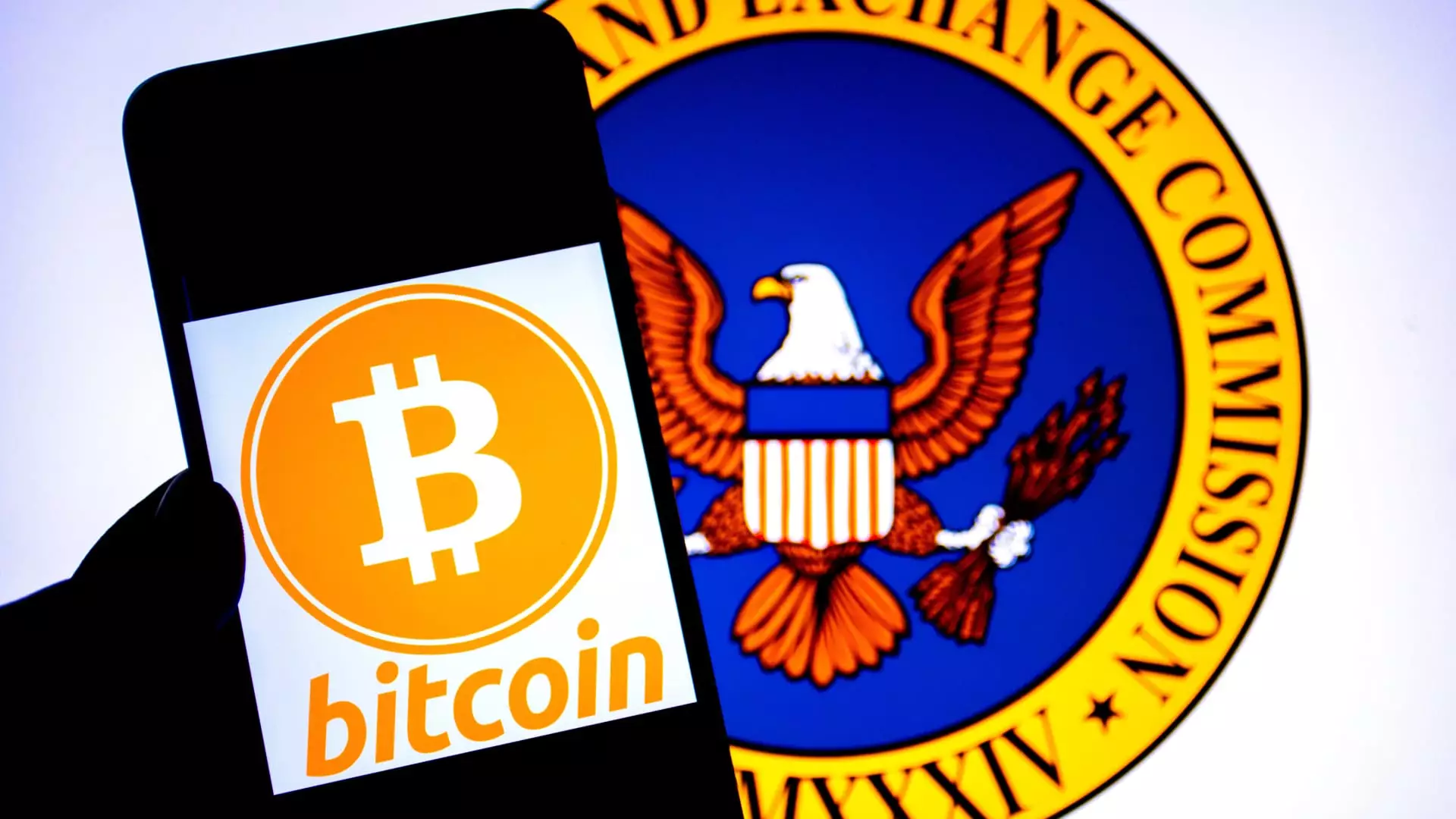The recent decision by the U.S. Securities and Exchange Commission (SEC) to eliminate the Staff Accounting Bulletin 121 has marked a watershed moment for the cryptocurrency industry. For years, this guideline imposed significant hurdles for financial institutions interested in engaging with digital assets by classifying cryptocurrencies, such as Bitcoin, as liabilities on their balance sheets. This designation not only discouraged banks from exploring the potential of crypto investments but also reflected the broader apprehension among regulators about integrating decentralized currencies into traditional financial ecosystems.
SAB 121, introduced in 2022, imposed stringent capital requirements that complicated banks’ ability to offer crypto custody services, thus increasing their operational costs and risk exposure. The SEC’s recent revocation of this rule not only alleviates some of the financial pressures that banks face but also signals a shift in regulatory sentiment towards a more favorable stance regarding cryptocurrencies. The measure had been a significant barrier preventing Wall Street from fully immersing itself in the burgeoning crypto market, leaving many institutions hesitant to adopt digital assets.
Bipartisan support for repealing this rule was evident in Congress, underscoring a growing consensus that regulatory frameworks needed to evolve alongside digital finance. Despite previous attempts to reverse the measure being vetoed by then-President Joe Biden, the recent SEC decision indicates a change in government position, possibly reflecting a renewed recognition of the importance of crypto within the U.S. economy.
The resignation of Gary Gensler, a staunch advocate for SAB 121, has undoubtedly influenced the SEC’s current trajectory. His departure opened avenues for new leadership, such as SEC Commissioner Hester Peirce, to advocate for a more innovative regulatory environment. Peirce’s enthusiasm over the repeal, with her remark “Bye, bye SAB 121! It’s not been fun,” reveals a palpable excitement within regulatory bodies to create a framework that nurtures growth in the crypto sector, contrasting with the previous stance that prioritized investor safety to an extent that stifled progress.
Moreover, this period of adjustment coincides with discussions happening in elite financial circles, such as those at the World Economic Forum in Davos, where top executives from firms like Goldman Sachs, Morgan Stanley, and Bank of America are reconsidering their stance on cryptocurrencies. With the potential for a more pro-crypto regulatory landscape under Trump-era influences, banks are now more inclined to explore expanded digital asset offerings.
The SEC’s recent action reflects a critical juncture for cryptocurrency in the U.S.—a realization that the existing regulatory framework was hindering rather than helping the integration of digital assets into mainstream finance. As financial institutions reassess their strategies regarding cryptocurrencies, we are likely to witness burgeoning innovation and competition in the digital asset sector. The repeal of SAB 121 not only welcomes banks into the cryptocurrency domain but also sets the stage for a more concerted effort to harness the opportunities that these decentralized technologies present. As regulatory clarity continues to develop, the future of crypto on Wall Street looks more promising than ever.

